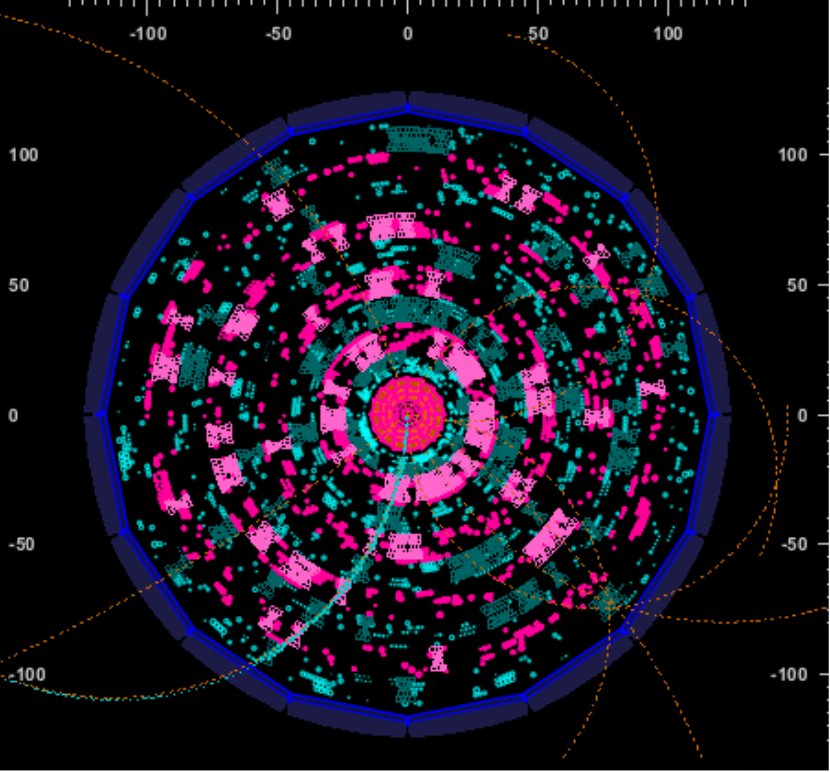BELLE II
- Contact:
- Project group:
Prof. Becker
- Partner:
Max Planck Institute for Physics, KEK (Japan)
- Startdate:
01.07.2015
- Enddate:
30.06.2024
BELLE II
z-Vertex Track Trigger for Belle II
![]()
Project goals
The Belle II experiment in Tsukuba, Japan offers unique opportunities to study rare τ decays and to study certain forms of dark photons and physics beyond the Standard Model. For this purpose, electrons and their protons are accelerated to almost the speed of light in the asymmetric SuperKEKB in order to collide them in the Belle II detector. The resulting decay products are measured and recorded in order to analyze the data later. It is important to distinguish interesting new data from already known decays. To ensure this, a two-stage trigger system is installed to analyze all decays. The first stage consists of a pipelined, dead time-free FPGA system. The second stage, on the other hand, is software-based and calculated on mainframe computers.
ITIV participation
Together with the Max Planck Institute for Physics, ITIV is developing FPGA-based track triggers for the first trigger stage (L1). Neural networks are used to estimate the origin of the collision on the z-axis. The developed z-Vertex track trigger is the first neural network based trigger in L1 in a high energy physics experiment worldwide.


